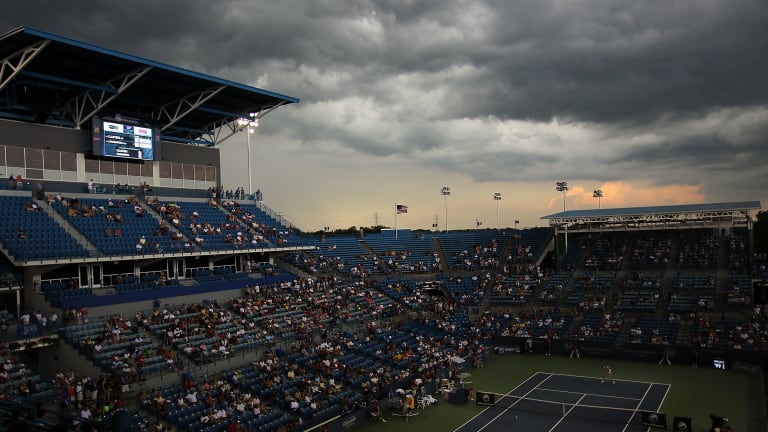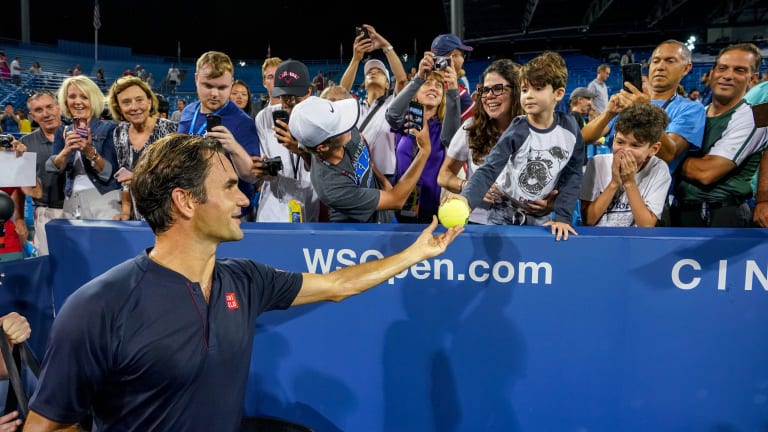The Business of Tennis
Tennis takes over Cincinnati each August. But for how much longer?
By May 24, 2023The Business of Tennis
Report: Gerard Pique closes embattled Kosmos tennis division
By May 14, 2023The Business of Tennis
From Cincinnati to Charlotte? Future of Western & Southern Open may involve moving cities
By May 10, 2023The Business of Tennis
IMG Academy sold for $1.25 billion to Hong Kong-based group
By May 01, 2023The Business of Tennis
Electronic line calling to be implemented at every ATP Tour event by 2025
By Apr 28, 2023The Business of Tennis
Naomi Osaka, Tom Brady and other FTX endorsers move to dismiss $11-billion lawsuit
By Apr 21, 2023The Business of Tennis
Serena Williams launches 926 Productions to “elevate female and diverse voices”
By Apr 21, 2023The Business of Tennis
Report: Endeavor exploring sale of IMG Academy
By Apr 02, 2023The Business of Tennis
Andy Murray signs with IMG Tennis for the long haul
By Mar 30, 2023The Business of Tennis
With CVC’s stake in WTA, the tide is rising for equal prize money
By Mar 22, 2023The Business of Tennis
Tennis takes over Cincinnati each August. But for how much longer?
“As much as I love the tournament, I kind of get this,” says Patrick McEnroe about the century-plus-old Western & Southern Open, which is rumored to relocate to Charlotte.
Published May 24, 2023
Advertising
Advertising

Midwest weather—and late-summer heat—are always factors at the Western & Southern Open.
© 2010 Getty Images
Advertising

Roger Federer won the Cincinnati Masters seven times.
© ©Icon Sportswire (A Division of XML Team Solutions) All Rights Reserved